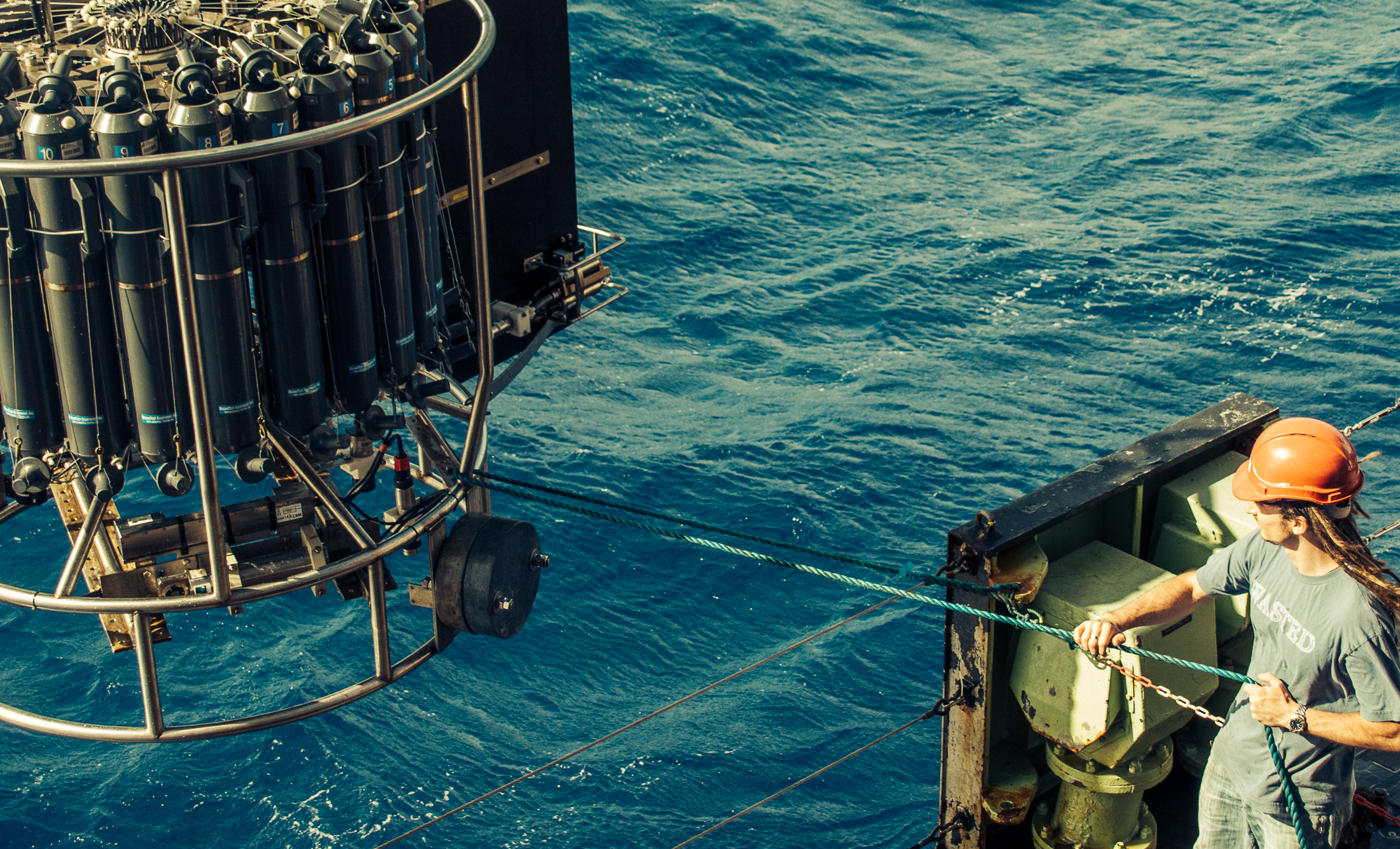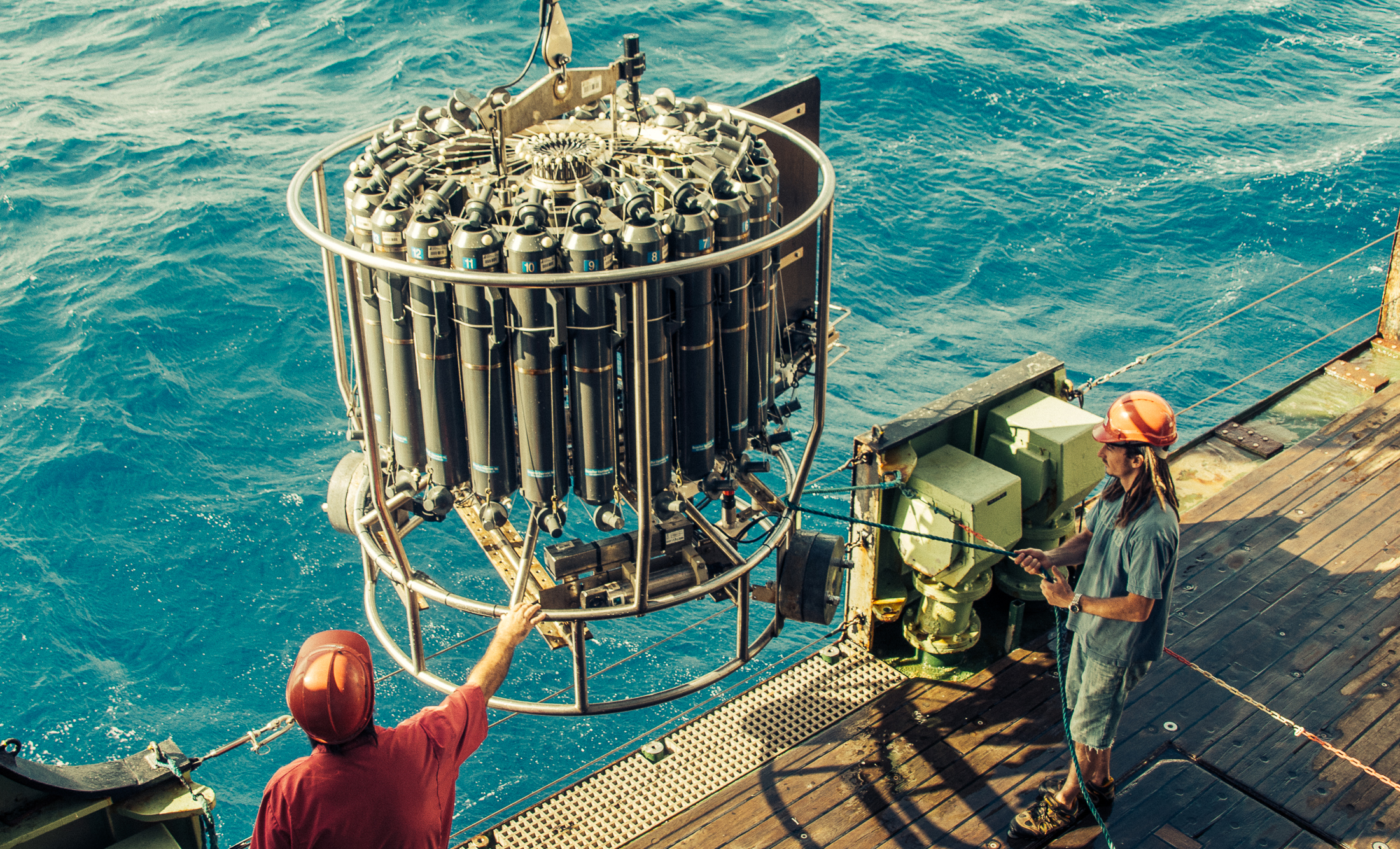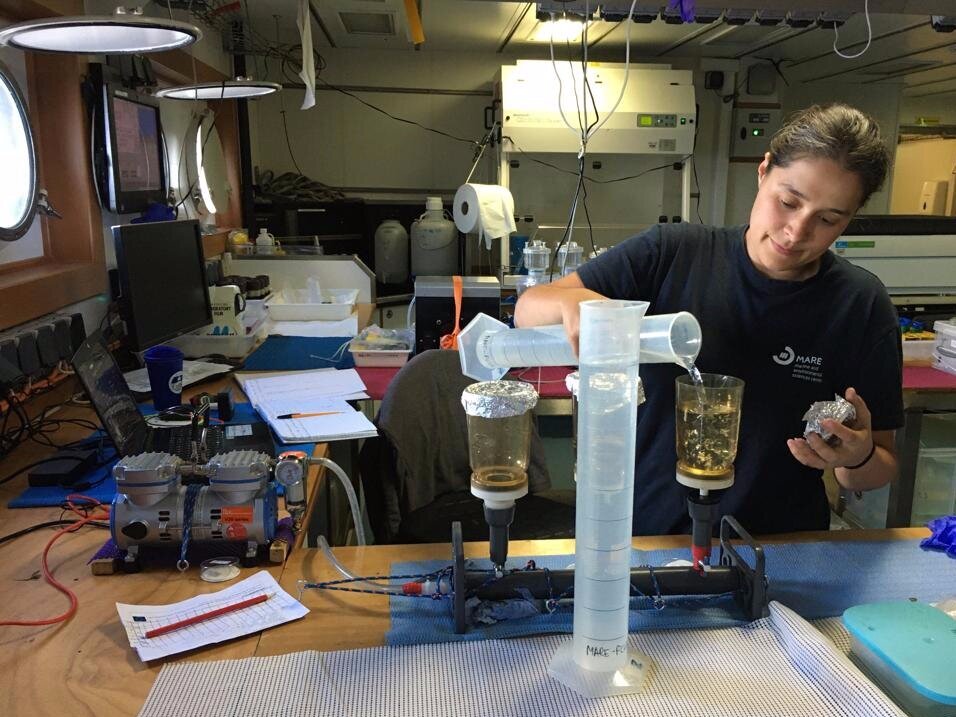AIMS OF CHASE
CONTRIBUTE to address the effects of dust in the ocean
Most of the existing dust-fertilization studies are based on models, bioassays and satellite data that only cover the surface of the ocean, whereas there are very few studies that are based in actual field observations and taking into account phytoplankton productivity along the entire photic zone. This happens because in situ sampling to constrain the spatial and temporal variability of these processes in the vast and remote open ocean is rather costly and logistically complicated. CHASE aims to contribute to fill this gap, by investigating the biological and biogeochemical effects of Saharan dust across the entire Atlantic and Southern Oceans, based on in situ observations of the entire photic layer as well as of the atmosphere, in synergy with a wide range of remote-sensing time-series observations.
where and how are we going to do it?
CHASE is based on biological, sedimentological and hydrological data that were collected and measured along a meridional transect approximately between 50ºN and 62º, collected during the Meridional Atlantic Transect on board the RRV James Clark (AMT28 - boreal fall 2018) and the RRV Discovery (AMT29 - boreal fall 2019), and during two Antarctic expeditions on board the Polar Ship Admiral Maximiano (OPERANTAR-37 and OPERANTAR-38), during the austral summers of 2019 and 2020.
This was the track of AMT28, the first meridional transect in which our MARE-UL team has participated in the boreal fall of 2018. Together with the material collected during AMT29 (boreal fall of 2019), we will have a 2-yr multi-proxy data set for exploring links between atmospheric dust deposition and coccolithophore production across the Atlantic Ocean.
The first step was to monitor the hydrological and biological characteristics of the photic layer, for which we have used a CTD. A CTD is an oceanographic instrument used to measure the conductivity, temperature and pressure along the seawater column, that often comes incorporated within a "rosette" of NISKIN bottles that are closed remotely from the ship to collect seawater samples at predefined water depths. In addition to the CTD, we can also attach other sensors to measure relevant parameters. At every station during the expeditions, we used a CTD-rosette to measure how temperature, salinity, oxygen, fluorescence and light varied from the surface of the ocean down to underneath the photic zone.
Once the CTD was recovered back to the ship, we collected plankton samples from the NISKIN-bottles for the coccolithophore analysis, which had been sampled at 5 pre-selected water depths between the surface (5 m) and 200 m. In addition to water collected for the nutrient and phytoplankton pigment analysis, ca 2-5 L of these water samples were filtered through cellulose nitrate filters (47 mm diameter, 0,45 μm pore size) by means of a vacuum water pump immediately on board for the coccolithophore analysis. The procedure is illustrated in the sequence of images presented below (pictures taken during the transatlantic DUSTTRAFFIC expedition, in March-April 2016 on board the RRV James Cook).
Here, Andreia Tracana is working on the wet lab of the ship during AMT29. She is filtering the same water samples that she brought from the Niskin bottles. Each resulting filter will be further analysed at the microscope for the taxonomic identification of the coccolithophore communities (Photo credit: Carolina Sá).
In addition to the water sampling and CTD profiling, we also collected daily aerosol samples which will provide the basis to quantify the amount and composition of dust deposited in the ocean and investigate their link to changes in biomass and species composition. The plan is to track whether such dust, which is deposited from the atmosphere into the upper ocean, acted or not as a fertiliser for coccolithophores (and phytoplankton s.l.), and if so, whether dust-born nutrients were mostly consumed at the surface, or whether also benefited deep-dwelling species thriving in the lower photic zone.
We are especially curious about the events of the 2nd of November, ~15ºN near Cape Verde, when the dust-collector filter clearly indicated high levels of atmospheric dust in the study area coinciding with a dramatic increase of Chl-a at the surface of the ocean, as revealed by remote sensing, suggesting a clear ecological response to dust-iron iron during this period.
Above, you can see Giulia (left) and Andreia (right) placing a filter inside the dust collector for undertaking underway sampling of atmospheric dust during AMT29. The Anderson high-volume dust collectors was mounted on the deck above the bridge of the ship, containing a motor which sucks air through an air filter, covered with a rain cover. All cellulose acetate filters were sampling for approximately 24 hours, and are currently being analysed for addressing the particles composition and grain-size distribution, and for the nutrient concentrations. Below, the drastic increase of Chl-a concentrations at the surface of the ocean during a period of high dust concentrations found on the dust filters in the 2nd of November 2019, at around 15ºN near Cape Verde (Photo credit: Giulia Sent; MT4OceanSatFlux @AMT4SatFlux).











